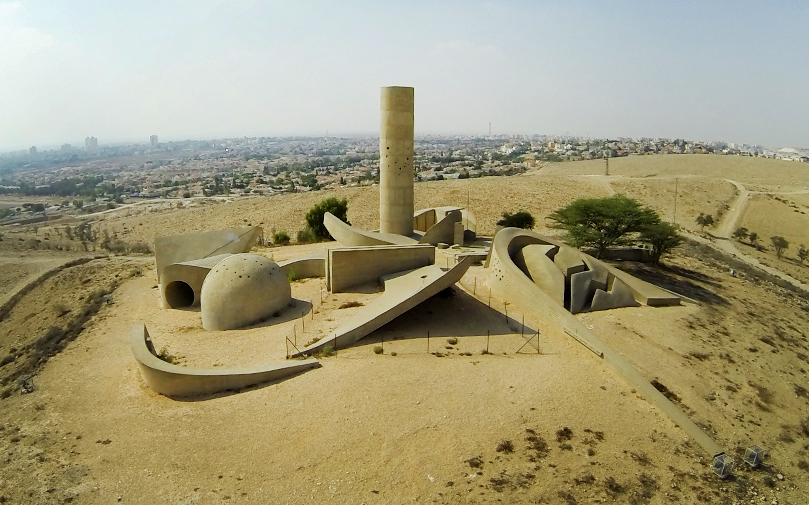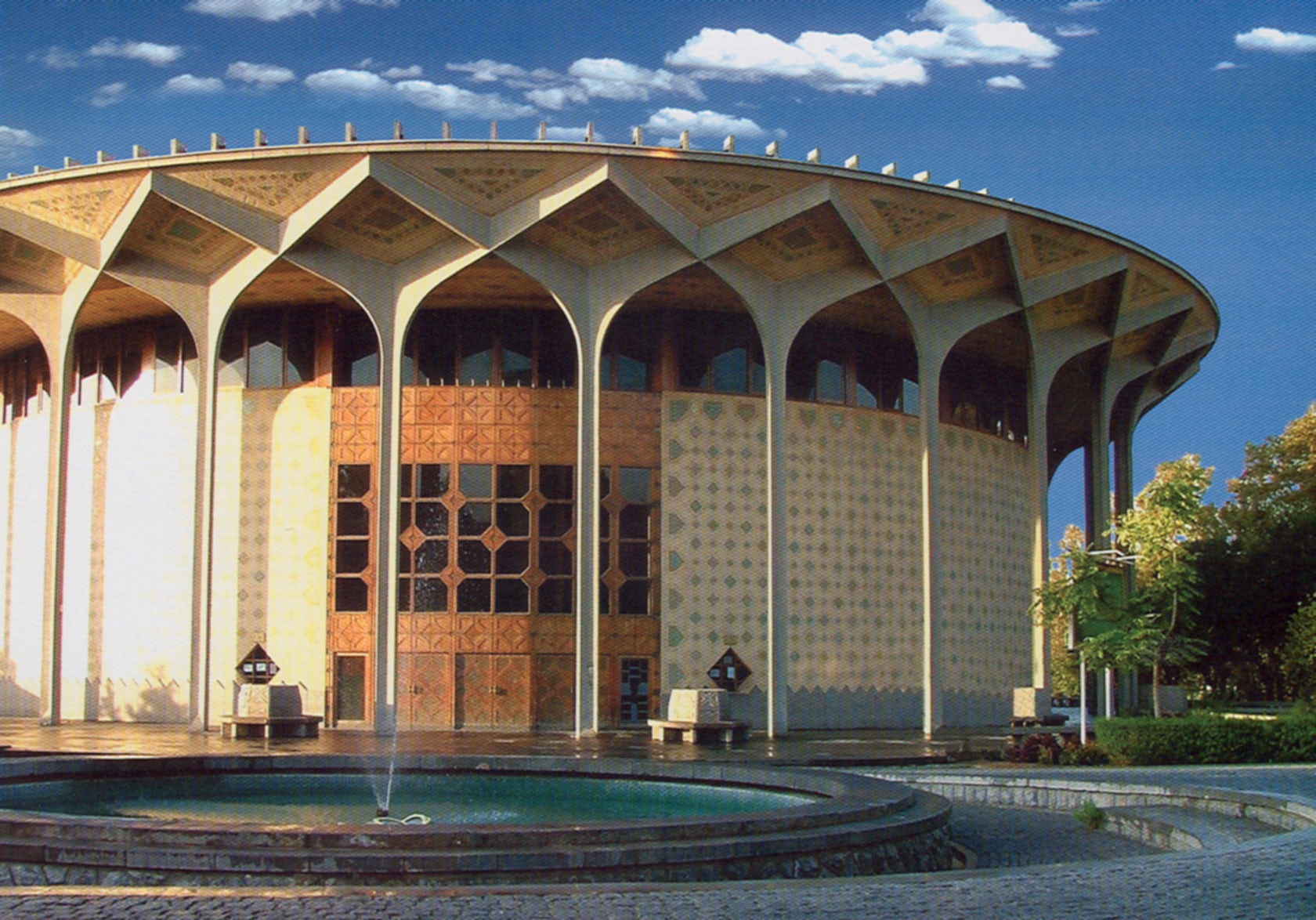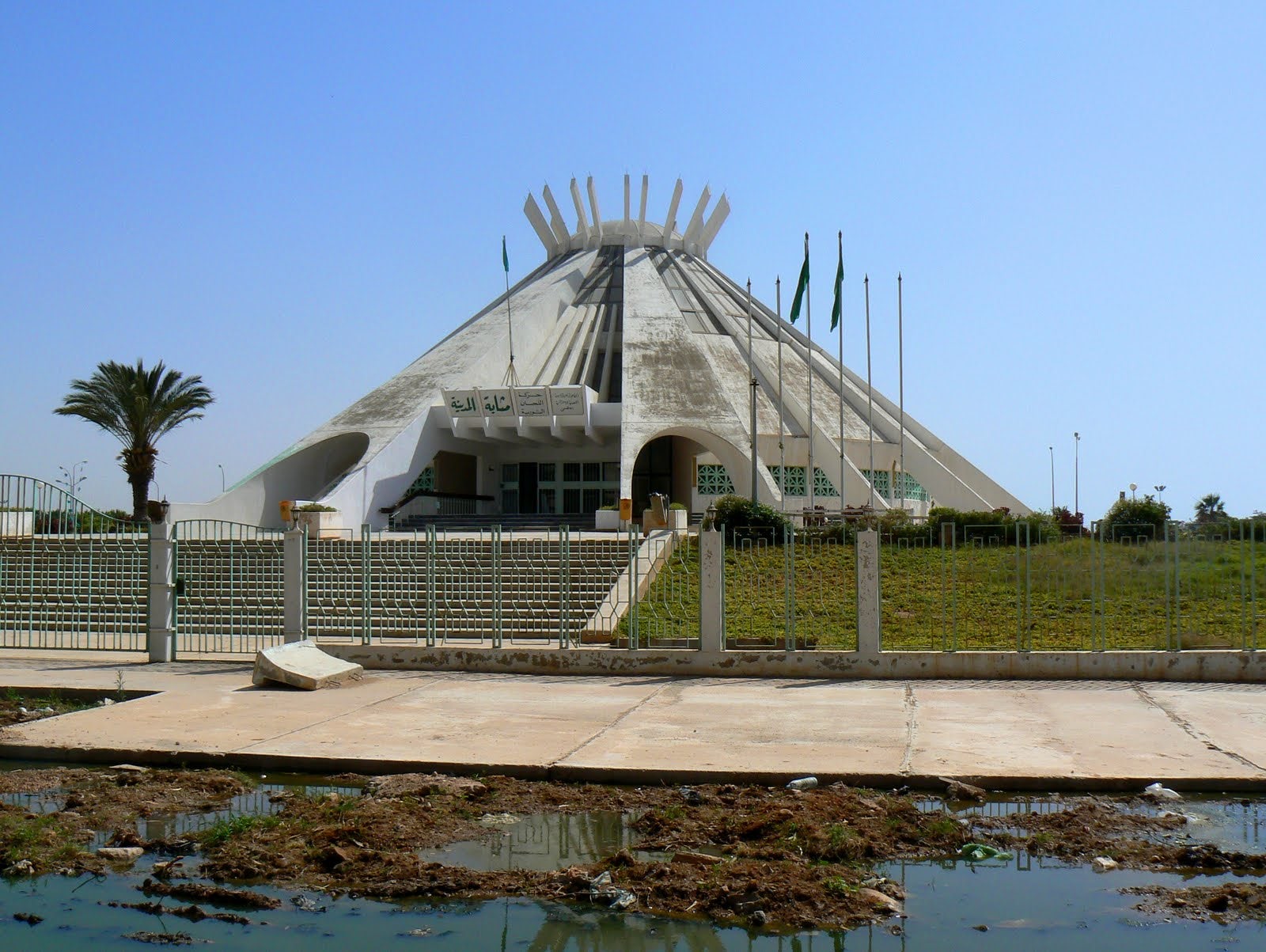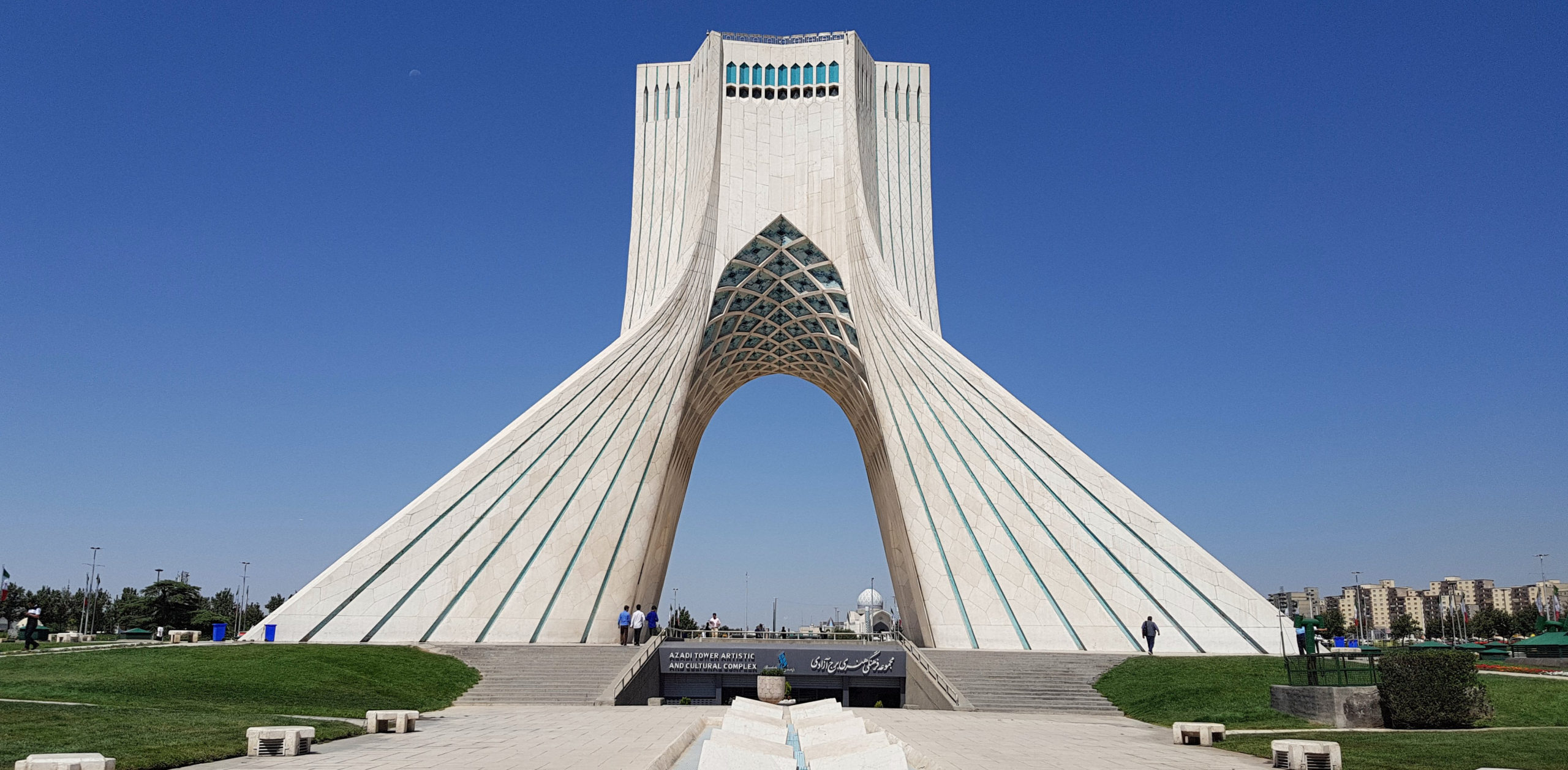Architects: Showcase your next project through Architizer and sign up for our inspirational newsletter.
When you think of the architecture of the Middle East in the present day, soaring towers, indoor ski slopes and artificial islands often come to mind. As alluring as superlatives and bling might be, these contemporary developments tend to feel more like theme parks than anything else, reveling in artifice and grandeur.
But beyond the Persian Gulf, and before oil made the desert bloom, there was another architecture in the Middle East, one that managed to bridge Modernist principles and vernacular tradition, one that expressed itself in concrete and stone rather than steel and glass.
Any attempt to categorize the architecture of a region as diverse as the Middle East will be unsatisfying, as it would inevitably generalize and simplify. Yet there is value in bringing to light what is often under-appreciated. While this collection of buildings is not comprehensive — there are many more gems out there — it is a start. Enjoy our intro to the Modernist buildings of the Middle East!

Senate House of Iran/Kakh-e Majlis-e Sena. Tehran, Iran. Heydar Ghiai.
Though this building has seen a succession of governments, it still manages to hold various ruling factions under one exquisite roof.

Negev Monument/Andartat Hativat HaNegev. Beersheba, Israel. Dani Karavan.
The sculptural Negev Monument features many expressive components, including spheres, towers and spirals, all of which use light as a major design element.

City Theater/Teatr-e Shahr. Tehran, Iran. Ali Sardar Afkhami.
The supports for this theater’s cantilevered roof take the form of stylized (and modernized) muqarnas, the traditional architectural means for transitioning from orthogonal walls to a circular dome.

Hotel du Lac. Tunis, Tunisia. Raffaele Contigiani.
Legend has it that this hotel inspired the design of the Sand Crawlers in the first “Star Wars” movie, the filming of which largely took place in Tunisia. Note the winding stairs lining the cantilevered edges of the building.

Soreq Nuclear Research Center/HaMerkaz L’Mechkar Gar’ini Sorek. Rehovot, Israel. Philip Johnson, Gideon Ziv.
Though the site was off-limits for his 1966 visit to Israel, Philip Johnson called this expressive masterpiece his “temple in the desert.”

King Abdullah I Mosque/Masjid Malik Abdullah Al-Awwal. Amman, Jordan. Architect unknown.
This postmodernist mosque displays a strong Louis Kahn influence with its castle-like geometric forms.

New Qurna. Luxor, Egypt. Hassan Fathy.
The architect used vernacular building techniques combined with modern design for this model village near Thebes.


Ataturk Cultural Center/Atatürk Kültür Merkezi. Istanbul, Turkey. Hayati Tabanlıoğlu.
This performing arts building formed a prominent backdrop to the Gezi Park protests of 2013. The famous “standing man” faced a portrait of Ataturk that was draped from the building. The government also planned to tear down this building to build a mosque in its place.

Green Book Center/Markaz Al-Kitab Al-Ahḍar. Benghazi, Libya. Architect unknown.
Built by Gaddafi, this monument to his cult of personality caught on fire during the recent Libyan revolution. Its siting exposes the problems at the heart of the Gaddafi regime: It seems to be an expensive building, but it is located on “the smelliest street in Libya.”

Baghdad Gymnasium. Baghdad, Iraq. Le Corbusier.
This late Le Corbusier design was thought to be lost until it was recently discovered in Baghdad. We hope it doesn’t get lost again.

Martyr’s Monument/Maqam Echahid. Algiers, Algeria. Bachir Yelles, Marian Konieczny.
Three giant concrete palm leaves shelter an eternal flame memorializing those who died in Algeria’s war of independence from France.

Cymbalista Synagogue. Tel Aviv, Israel. Mario Botta.
Named after its sponsors, this adventurous temple forms a centerpiece of Tel Aviv University’s campus. Though it was designed in 1996, its strong forms mark its Modernist strengths.

Azadi Monument/Shahyad. Tehran, Iran. Hossein Amanat.
Built initially to commemorate 2,500 years of Persian civilization by the Shah of Iran, it later served as a rallying point during the Islamic Revolution and once again in 2009 during the Green Revolution. Bidoun Magazine has a great interview with the architect here.

Dar Al-Sayad. Beirut, Lebanon. Karol Schayer.
Beirut has long been a city of culture, with a strong architectural legacy that has been unfortunately overshadowed by war. Other design gems include the Artisans House by Pierre Neema and the Khashoggi Mosque by Assem Salam.

King Faisal Mosque/Shah Faisal Masjid. Islamabad, Pakistan. Vedat Dalokay.
A Modernist mosque for a Modernist city, the building was designed by a Turkish architect and financed by a Saudi king for the Pakistani capital.

Cairo Opera House/Dar Al-Obera Al-Masriyah. Cairo, Egypt. Japan International Cooperation Agency.
The opera house was donated to Egypt by Japan after Cairo’s Khedival opera house burned down in 1971.

Anıtkabir. Ankara, Turkey. Emin Halid Onat, Ahmet Orhan Arda.
This mausoleum of Turkey’s founder is designed in a Nationalist style, fusing Classicism with Modernism. Sitting on a hill above Turkey’s capital city, the building forms an important backdrop for major political events.

Kuwait Towers/Abraj Al-Kuwait. Kuwait City, Kuwait. Malene Bjørn.
Many cities have soaring pinnacles, whether the CN Tower, the Space Needle or Berlin’s Fernsehturm. Kuwait City, however, has three of them.

Hotel Al Bustan. Muscat, Oman. Sultanate of Oman.
The castle-like hotel was originally designed for the 1985 Gulf Cooperation Council Summit but is now a Ritz-Carlton.

Bonus: Lotus Temple/Mashreq Al-Azkar-e Nilufar-e Abi. New Delhi, India. Fariborz Sahba.
This Baha’i house of worship, though outside the conventionally accepted boundaries of the Middle East, was designed by a Persian architect to accommodate adherents of the Persian religion that were scattered by persecution in Iran.
Want more Modernism? Check out our surveys from Brazil, Mexico City and Los Angeles. Architects: Showcase your next project through Architizer and sign up for our inspirational newsletter.









